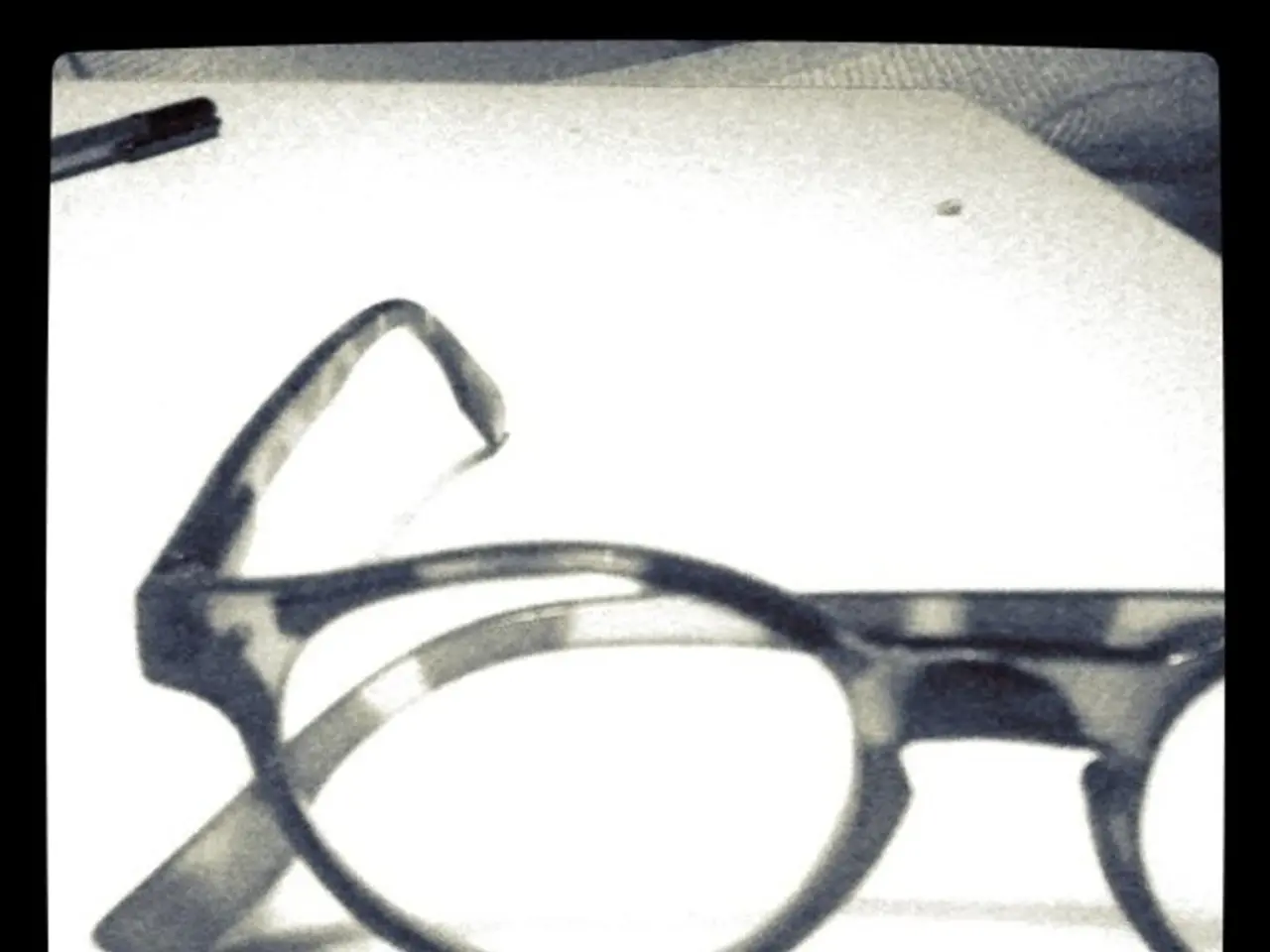Signs of Retinal Vascular Occlusion and Related Information
In the realm of eye health, Retinal Vein Occlusion (RVO) is a significant concern, particularly for older adults. This condition affects 0.77% of the global population aged 30 years and older. RVO is characterised by a blockage in the retinal veins, causing a disruption in blood flow and potential vision loss.
The retina, a layer of cells lining the back wall of the eye, contains both veins and arteries. When a blood clot forms in a retinal vein, it is called RVO. This blockage can occur in two forms: Central Retinal Vein Occlusion (CRVO) and Branch Retinal Vein Occlusion (BRVO). In BRVO, there is a blockage in a branch of the main retinal vein, while in CRVO, the blockage occurs in the main portion of the retinal vein.
RVO can cause the eye's macula to swell, worsening vision. A common complication of RVO is Macular Edema, caused by blood leakage into the macula. Another complication is Vitreous Hemorrhage, characterised by the presence of blood in the vitreous portion of the eye. In severe cases, RVO can lead to Neovascular Glaucoma, the growth of new, often leaky, blood vessels in the wrong part of the eye.
RVO shares common risk factors and underlying conditions, including advanced age, systemic vascular diseases, and certain ocular conditions. High blood pressure, high cholesterol, and diabetes are significant risk factors. Hypertension, diabetes mellitus, and hyperlipidemia contribute to vascular occlusion risks, while conditions like atherosclerosis, stroke history, obesity, smoking, glaucoma, ocular hypertension, thyroid disorders, peptic ulcers, and localized retinal vascular abnormalities can also increase the risk of RVO.
The outlook for RVO is better in younger people, with one-third of cases improving without treatment, one-third staying the same, and one-third worsening. The goal of treatment for RVO is to slow or stop the leakage of blood and fluid into the eye. Several treatment options may be recommended by a doctor for RVO, including medication injections, steroid injections or implants, and focal laser treatment.
An ophthalmologist typically leads the medical care of someone with RVO, with other specialists contributing depending on the underlying cause of the blockage. To diagnose RVO, a doctor may perform tests such as fluorescein angiography, intraocular pressure, slit lamp exam, optical coherence tomography, visual field exam, and visual acuity test.
RVO often presents as sudden, painless vision loss. However, early detection and appropriate management can significantly improve outcomes. Managing these conditions and adopting a heart-healthy diet, regular exercise, maintaining a moderate weight, and quitting smoking can help reduce the risk of RVO.
In conclusion, understanding Retinal Vein Occlusion, its causes, symptoms, and treatment, is crucial for maintaining eye health, particularly as we age. By recognising the risk factors and seeking prompt medical attention, we can work towards preventing and managing this condition effectively.
Read also:
- Is it advisable to utilize your personal health insurance in a publicly-funded medical facility?
- Harmful Medical Remedies: A Misguided Approach to Healing
- Can the flu vaccine prevent stomach issues mistaken for the flu? Facts about flu shots revealed.
- Struggling Health Care Systems in Delaware Grapple with the Surge of an Aging Demographic




